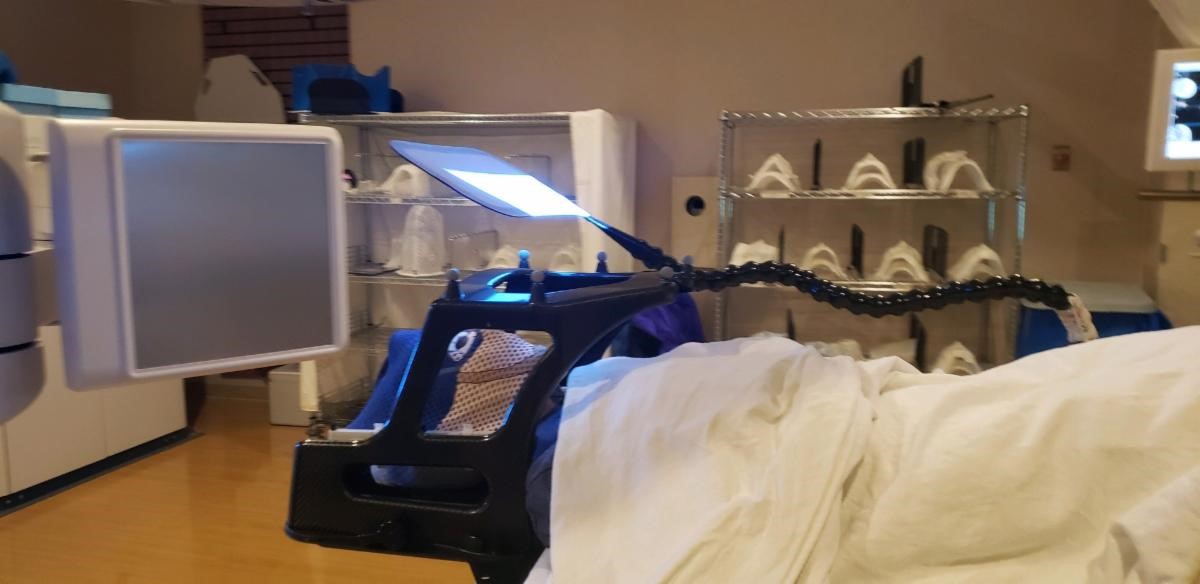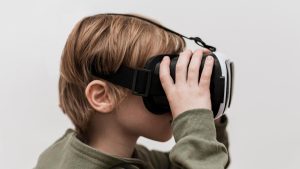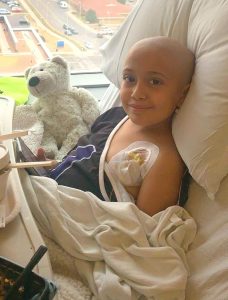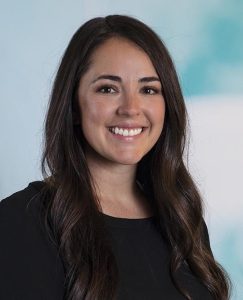A child who is diagnosed with cancer has their life turned upside down by appointments, treatments, pain, side effects, hospital stays, and innumerable missed milestones, school days, events, and activities.
For kids with cancer, it is especially important to prioritize general well-being and their ability to enjoy daily life.
Donor support of The Morgan Adams Foundation enables efforts to end pediatric cancer, primarily around the search for safer and more effective treatments in the research labs. MAF-funding also helps improve the quality of life for kids with cancer and their families. Here are some of the ways:
Radiation treatment can be traumatizing and challenging for kids because they must lay perfectly still for up to 45 minutes at a time while completely alone in the room. For patients who are receiving radiation to the brain, a mask is created that molds to the child’s head and is bolted to the table to ensure the radiation beams are hitting their precise targets.
Often, general anesthesia is required for young kids undergoing radiation or those who have anxiety or a hard time keeping still. That means the treatment is done early in the morning and the child needs to fast overnight. Less flexible schedules and fasting make it very difficult on the entire family.
In 2018, Douglas Holt, MD and Brian Miller, PhD created RadFlix, a video distraction system that can be used throughout a child’s cancer treatment. They developed a projector screen that allows radiation to pass through it and is small enough to be mounted to the foot of the table.
Now, kids can watch their favorite movies or shows during radiation treatment. Kids who have access to RadFlix have a positive association with radiation, they look forward to treatment, and are able to avoid being sedated.
RadFlix is currently only available at the University of Colorado Cancer Center, where kids from Children’s Hospital Colorado receive radiation treatment, but in 2021, Drs. Holt and Miller have partnered with The Morgan Adams Foundation to make RadFlix available at institutions across North America.
Keep an eye out for exciting news about the expansion of Radflix to more kids with cancer!

MRI Virtual Reality Goggles
 Similar to the challenges of giving radiation treatment to kids, MRIs can also be a scary prospect.
Similar to the challenges of giving radiation treatment to kids, MRIs can also be a scary prospect.
Patients must lie completely still in a confined space with large, unfamiliar equipment away from the comfort of their parents. Because of this, general anesthesia is often used to ensure a successful MRI, which increases anxiety in patients and parents, doubles the procedure time, and requires far more preparation and resources.
Doctors and researchers you support at Children’s Hospital Colorado are part of a team of pioneers who are using virtual reality to create immersive environments and help kids better handle scary or painful procedures. They are working to create a virtual reality solution for MRIs that will reduce sedation and anxiety for kids with cancer.
Financial Assistance for Families
Generous donor support helps pediatric cancer families who are facing financial difficulty ensure their child can receive the treatment they need.
The Emergency Financial Assistance Fund was established in 2020 in response to Covid, and it is now a permanent program.
Donors are helping ensure a family does not have to choose between paying the bills or getting their child treatment for cancer.
Click here to read about families who have been helped through financial assistance
Studying neurocognitive function in the pediatric hematology and oncology population
 As more kids survive cancer and live longer, the consequences of the treatment they received take a toll on their overall health and development. For kids who survive cancer and blood disorders in particular, their thinking, learning, and memory are all affected.
As more kids survive cancer and live longer, the consequences of the treatment they received take a toll on their overall health and development. For kids who survive cancer and blood disorders in particular, their thinking, learning, and memory are all affected.
Claire Fraley, MD is currently leading a study to measure cognitive, academic, emotional, and behavioral functioning in children with brain tumors, leukemia, and sickle cell disease.
Over the past year, 53 patients have been enrolled in the study and the results of neurocognitive tests suggest they are performing worse than healthy children their age.
Each group of patients has problems in different areas of cognition. Children with leukemia have the most trouble with processing speed. Children with sickle cell disease have the most trouble with cognitive flexibility. And unfortunately, children with brain tumors have trouble in multiple areas, including processing speed, memory, attentional control, and cognitive flexibility.
This ongoing study is very important to gain a better understanding of the parts of the diseases or its treatment that influence cognitive function. This will allow for oncologists to identify children who are at high risk and prioritize those who may need interventions to help in brain development.
Investigating childhood cancer early deaths and access to care
 Early death in childhood cancer is defined as when a patient dies within one month of their cancer diagnosis. These children do not live long enough to take advantage of all the advances that have been made in pediatric cancer treatment.
Early death in childhood cancer is defined as when a patient dies within one month of their cancer diagnosis. These children do not live long enough to take advantage of all the advances that have been made in pediatric cancer treatment.
In a recent study published by Adam Green, MD, it was shown that, surprisingly, early deaths account for 7% of overall childhood cancer deaths, making it far more common than previously understood. While race, ethnicity, and socioeconomic disadvantages were all identified to be possibly related to outcome, the actual causes of early deaths from childhood cancers are still not fully understood.
Key indicators found in the initial study, however, show that socioeconomic status and access to care seem to be significant contributing factors, indicated by the length of time noted between the onset of symptoms and presentation to a medical care provider.
Over the past year, Dr. Green and Katie Lind, MD have been collaborating with partners at Boston Children’s Hospital, St. Jude, Texas Children’s, UCSF, Seattle Children’s, and Children’s National Hospital to open a national study of early childhood cancer deaths.
The study will include direct interviews with the families of early death patients that will help better understand and define barriers to care. Additionally, the study will also include conversations with healthy teenagers to gather demographic and socioeconomic information and their understanding of symptoms, facts, and myths about cancer.
This groundbreaking work will identify groups of children and adolescents who are at increased risk for early death. It will also create programs intended to prevent early death in kids by increasing education and reducing risk factors throughout all levels of the healthcare system.
All kids diagnosed with cancer deserve a real chance at survival and the best life possible. That requires understanding and addressing all the factors that contribute to the success of their treatment, both in terms of clinical and emotional outcomes.
Thanks to generous donors, these projects are helping improve the quality of life for kids and teens with cancer in many different ways.


